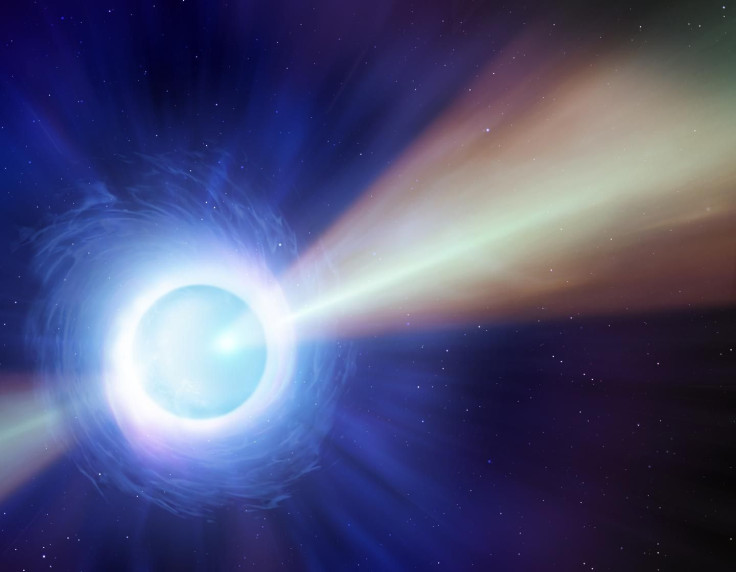Scientists Discover Glitch In Space That Reveals Neutron Stars' Hidden Secrets

For the first time, scientists were able to get a glimpse of the interior of a neutron star through a glitch in its nature. According to the scientists, the erratic movements of the star’s components can cause it to spin irregularly.
Neutron stars are identified as the collapsed core of a giant star. They are the densest stars in the galaxy and are known to rotate very fast. Sometimes, a glitch occurs within these stars that causes them to spin faster than they normally do.
In a new study published in the journal Nature Astronomy, a team of researchers studied these glitches to understand how they affect the movement of neutron stars. For their research, the scientists turned to the star known as Vela Pulsar, which is located about 1,000 light-years away from Earth.
Vela Pulsar was selected as the main subject for the study due to its regular and frequent glitches. According to the scientists, this neutron star is known to glitch once every three years.
Through their observations, the scientists saw how Vela Pulsar glitched by spinning really fast before slowing down into its relaxed or regular state. As the star was glitching, the scientists were able to look inside it and identify three of its key components.
According to the scientists, these components react to one another inside the star, causing it to spin faster and slower.
“One of these components, a soup of superfluid neutrons in the inner layer of the crust, moves outwards first and hits the rigid outer crust of the star causing it to spin up,” Paul Lasky, one of the authors of the study, said in a statement.
“But then, a second soup of superfluid that moves in the core catches up to the first causing the spin of the star to slow back down,” he added. “This overshoot has been predicted a couple of times in the literature, but this is the first real time it’s been identified in observations.”
The scientists are hoping that their research will serve as a jumping point for future studies regarding the glitches in neutron stars.
© Copyright IBTimes 2025. All rights reserved.





















